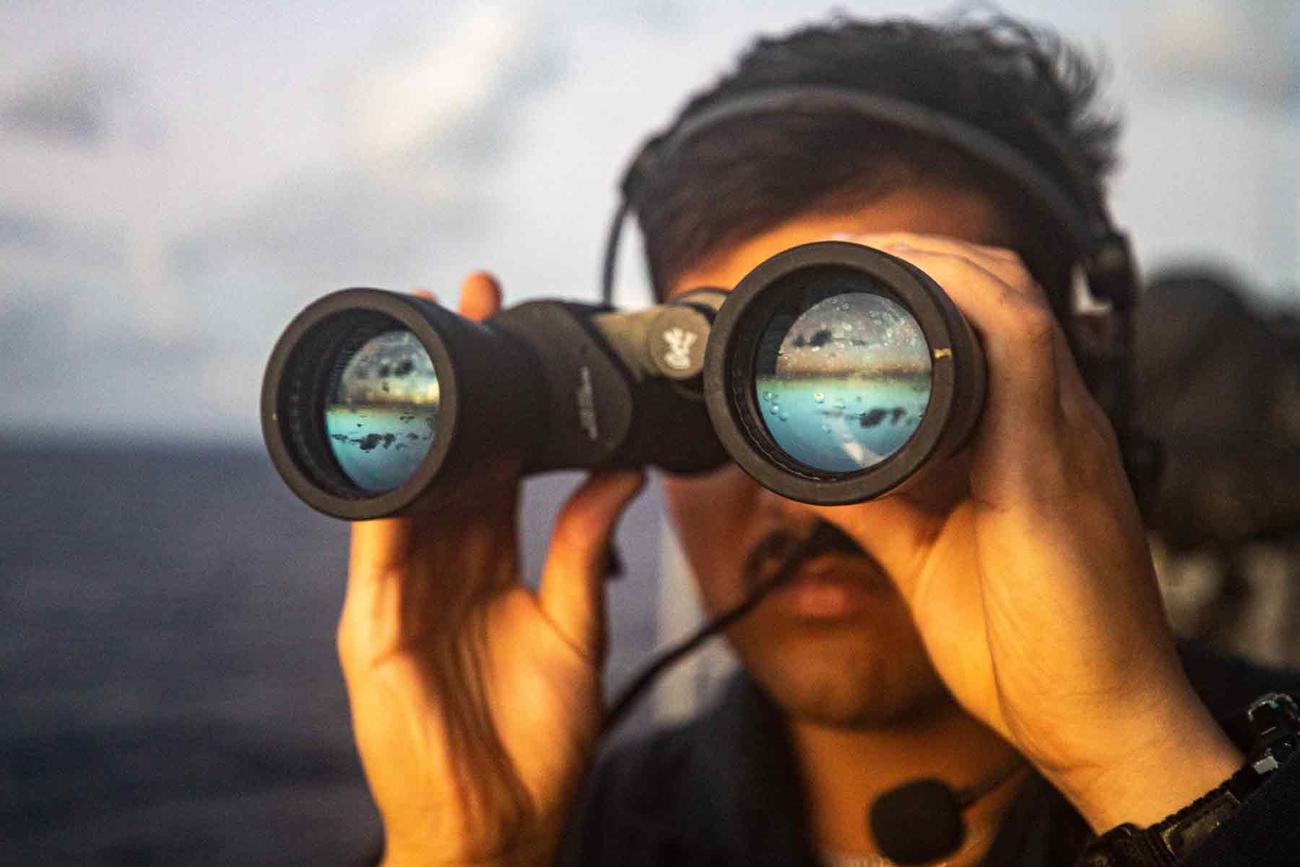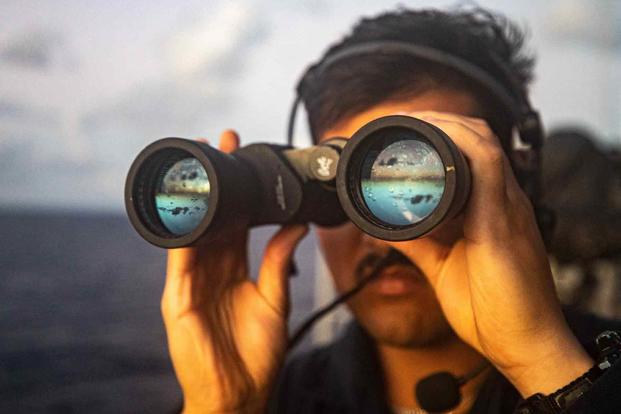

The opinions expressed in this op-ed are those of the author and do not necessarily reflect the views of Military.com. If you would like to submit your own commentary, please send your article to [email protected] for consideration.
It has been five years since the Marine Corps adopted Force Design as its operating concept. It divested some of what many considered to be key warfighting capabilities to buy anti-ship missiles with which to deny China control of the South China Sea (SCS) in favor of a new approach to operations designed around island-hopping.
A half decade later, there are still no missiles. But there is an opportunity to test the theory behind the strategy and support an ally against Chinese aggression: Place Marines on disputed islands to provide support and protection for local fishermen.
Maybe it will force Chinese and American leaders to come to an understanding that would deescalate the ongoing game of chicken in the region. While there is a risk of shooting breaking out, that risk is small and inherent in any operations in the South China Sea anyway.
Force Design has two objectives vis-a-vis China: deterrence in peacetime and defeat in war. It is obvious that Beijing has developed a third way to extend its influence in the SCS, that being operations in the “Grey Zone” between peace and war. Nowhere is this more obvious than in the Spratly Islands. In this group of many islets and shoals, only one is populated with Philippine fishermen. Control over the Spratly Islands is disputed by China, the Philippines, Vietnam and Malaysia. Through nonlethal bullying and intimidation, China’s coast guard ships have limited Philippine fishermen to just two of the islets.
It would be well within the spirit of freedom of navigation operations to offer support from one of the elements of the Corps’ new Littoral Combat Regiments to the Philippines to give their fishermen some top cover. To make up for the missing anti-ship missiles, the Marine Corps could borrow anti-ship missiles from one of the other services, all of which have them. This is the kind of joint approach that many of us skeptics suggested when the former commandant General David Berger first announced the concept.
Placed ashore on one of the shoals in the Spratly chain, the Marine detachment could support beleaguered fishermen with nonlethal means of their own by firing mortar-delivered smoke during the day and illumination rounds at night. The Marines could also employ acoustic weapons such as those used against pirates in the Indian Ocean and Straits of Malacca. If the Chinese coast guard were foolish enough to target the Marines with radar or laser range finders, the Marines could reciprocate with targeting means of their own. Coast Guard cutters know better than to tangle with anti-ship missiles.
If this test is carried out, three things can happen:
Best case, the harassment ceases or significantly decreases. If that becomes the case, it would indicate that the pivot to Force Design has merit. Nonetheless, it is a very expensive grey zone tool.
Second, and most likely, the Chinese will ignore the LCR detachment and continue harassing the fishermen as usual.
As in any freedom of navigation incident, there is always the possibility that one side or the other will miscalculate or have an accidental discharge, leading to a shooting incident. It is doubtful that this will lead to World War III, and such an incident might not be an entirely bad thing. It might sober both sides up enough to force them to sit down and draw up some mutually agreed ground rules.
All that having been said, I don’t believe that such an experiment will ever happen because one of the basic assumptions underlying Force Design is flawed — that host nations in the region will allow their territory to be used. The Philippines, our closest ally in the SCS region, has made it clear that it will not allow its territory to be used in a conflict over Taiwan. Even regarding the Spratly situation, the Philippines has tread very carefully to avoid direct confrontation with China.
If the Marine Corps wants to test Force Design, it should offer the Spratly package to the Indo-Pacific commander. If he turns down the offer, it will tell the Corps a lot about the perceived value of Force Design.
— Gary Anderson retired as chief of staff of the Marine Corps Warfighting Lab.
